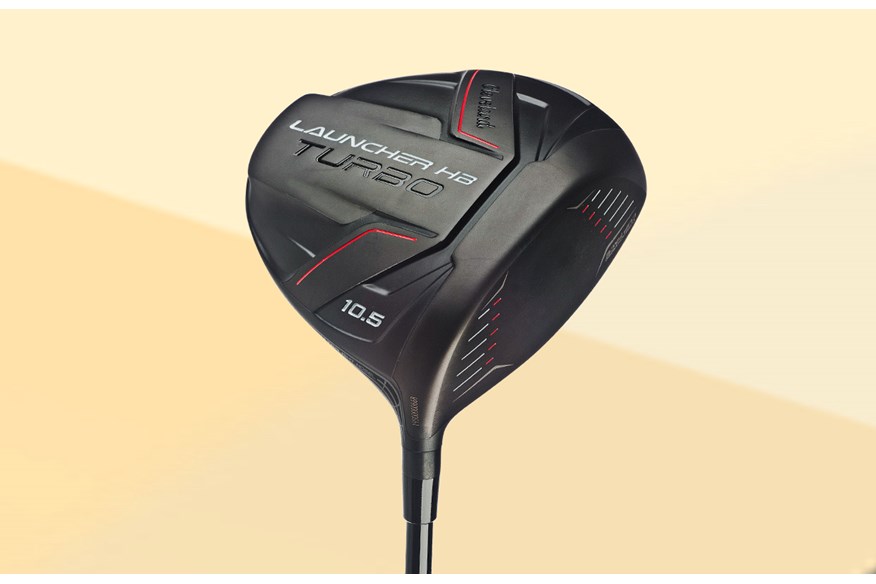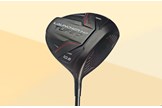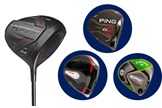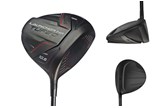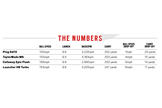Do you really need an adjustable driver?
Last updated:
Do you really need an adjustable driver? Cleveland say many golfers don’t, so we put their new Launcher driver to the test
Every top driver launched by the major brands over the last few years has had built-in adjustability, in the form of a hosel adaptor that lets you change loft, lie and face angle, or movable weights to influence launch and shot shape. Many have both, and some kind of adjustability is now the norm in most new big sticks.
But one brand has gone out on a limb, challenging the thinking around driver adjustability, and that’s Cleveland. Their new Launcher HB Turbo comes with absolutely no moving parts. And as you’d expect, Cleveland put forward a really compelling case to back up the thinking.
Related: Best Drivers for Beginners and High Handicappers
No adjustability means a saving of 25g in weight, which – Cleveland say – is put to better use deepening the centre of gravity and improving off-centre hit forgiveness significantly. During the development of the Turbo Cleveland also surveyed thousands of mid-handicap golfers (this driver’s target audience), and many said they never used their club’s adjustability.
Jeff Brunski, Cleveland’s Head of R&D, told us almost half of golfers who buy an adjustable driver never change the settings for lie or face angle adjustment, and one in three never changes the loft.
He added: “A vast majority of players who purchase adjustable weight drivers get fitted into a neutral-to-deep and slightly draw biased configuration – that’s how we set the Turbo up to begin with.”
And the argument for no adjustability doesn’t quite finish there. Brunski says: “Golfers pay for adjustability in real money and wasted mass. It just doesn’t make sense to play a driver that’s less forgiving or more slice biased.”
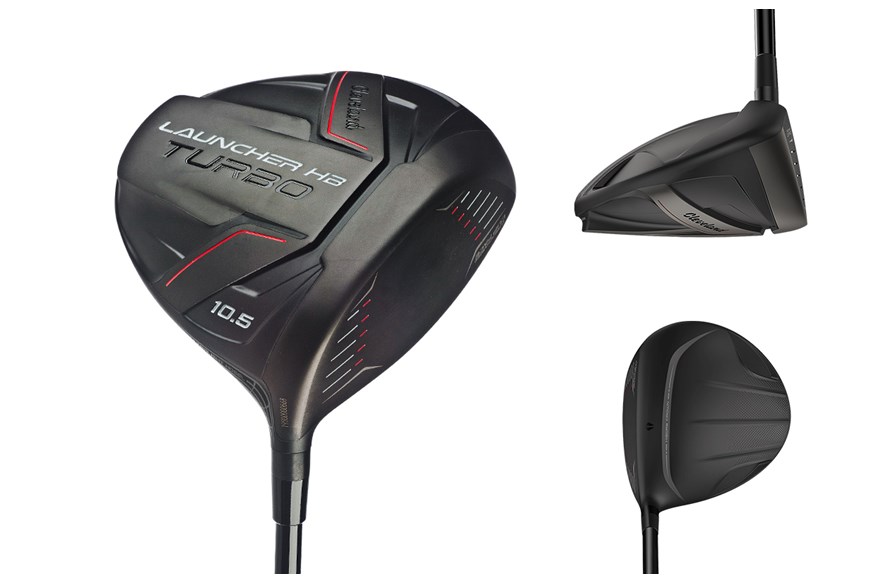
Let’s talk about value
Value for money doesn’t ping every golfer’s radar when it comes to buying a new driver, but those it does appeal to are exactly the golfers Cleveland’s targeting with the Turbo. A £309 price tag is £141 less than the competition, which gives golfers a real choice (assuming golfers only look at current models and don’t throw in last year’s reduced-to- clear stock).
When it comes to value for money, the Turbo punches well above its weight on a cost per yard scale:
1: Cleveland Launcher HB Turbo – £1.25 a yard
2: TaylorMade M6 – £1.77 a yard
3: Ping G410 – £1.79 a yard
4: Callaway Epic Flash – £1.97 a yard
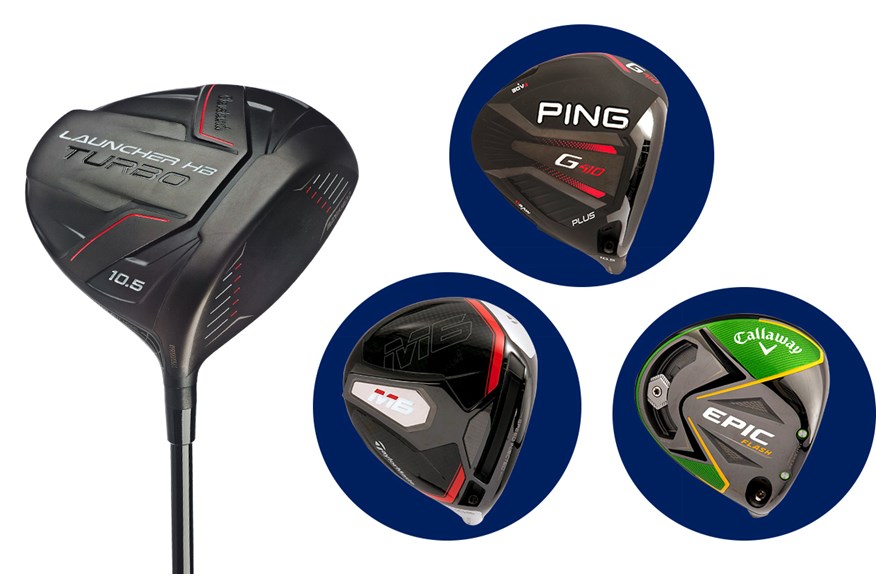
Our verdict
Straight off the bat it’s important to say the Cleveland is a very good looking driver. Don’t think because it costs less than the competition it’s in any way less of a well-made product; it’s not.
The head sits beautifully at address, and there’s quite a few creases and ridges on the crown. But thanks to a matt black-out paint job it’s utterly inoffensive and actually has a reassuringly wide footprint. Acoustics are a little louder than the other three, which comes in part at least from the head shaping, but mid to high handicap golfers often like hearing when they’ve hit a decent drive.
When it comes to the numbers below, our data shows that the adjustable competition generated on average 2mph more ball speed and six yards extra carry distance than the non- adjustable Launcher HB Turbo; a fair reflection of the additional price.
Elite golfers obviously wouldn’t make the trade-off. In fact it’s very likely, based on our experience, that by dialling in the adjustable models to his swing our pro could have added an extra five or six more yards in carry.
But let’s not forget the Launcher HB Turbo targets mid to high handicappers who typically aren’t too bothered about getting fitted. Golfers of that level are also highly likely to spray shots around the face, much more than our test pro, which is likely to result in a narrower window of difference between all four models tested.
So what do these results actually prove? Well, we can confirm non-adjustable drivers definitely have a place in today’s equipment market. They cost less andcanbesetupbythe manufacturer to suit the “average” or “typical” club golfer.
For “better” golfers (and by that we mean up to mid-teen handicappers), adjustability still brings many benefits in dialling in extra performance (through spin reduction, extra shot bias etc), but in particular through switching shaft types, rather than just using a single stock model – something any non-adjustable driver model will always struggle to compete against.

